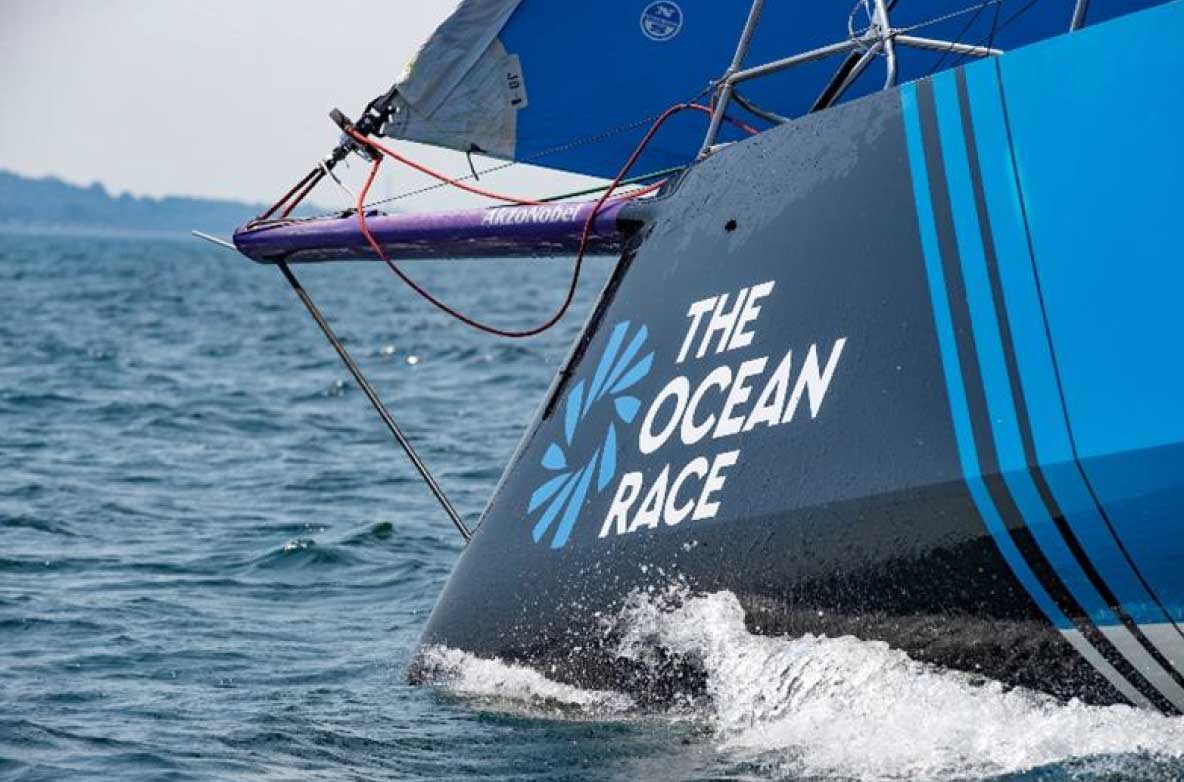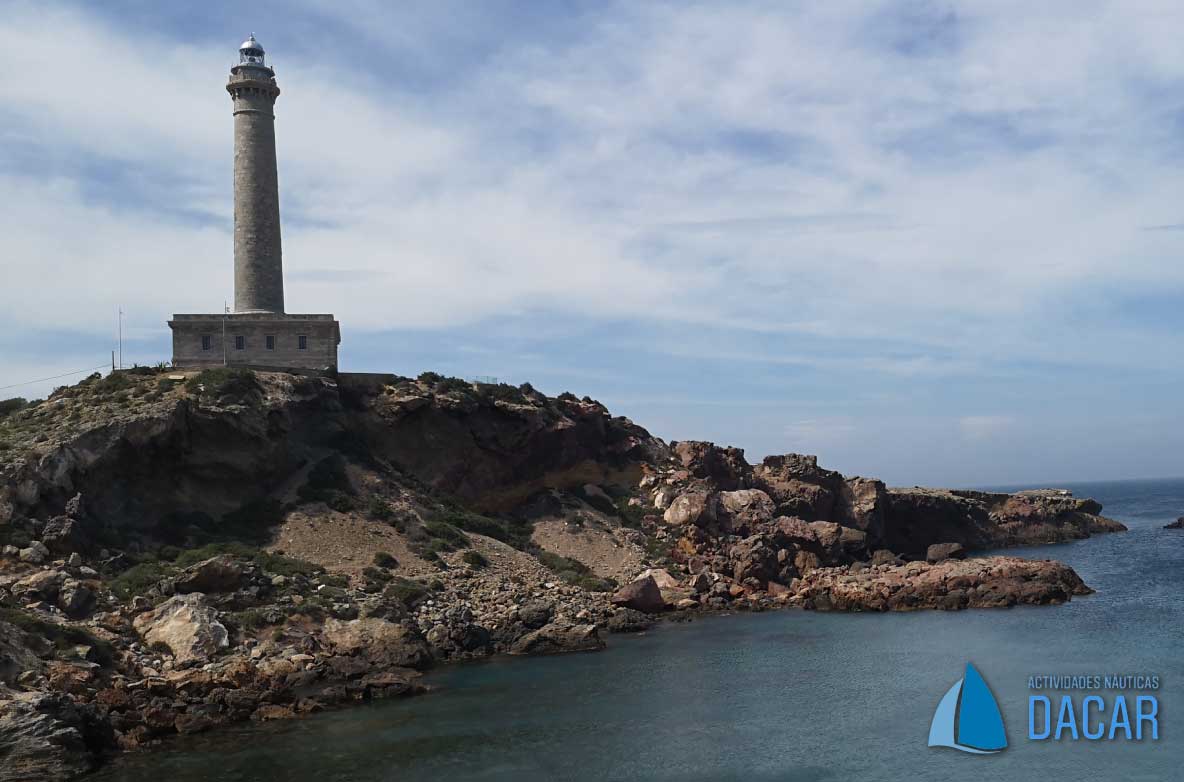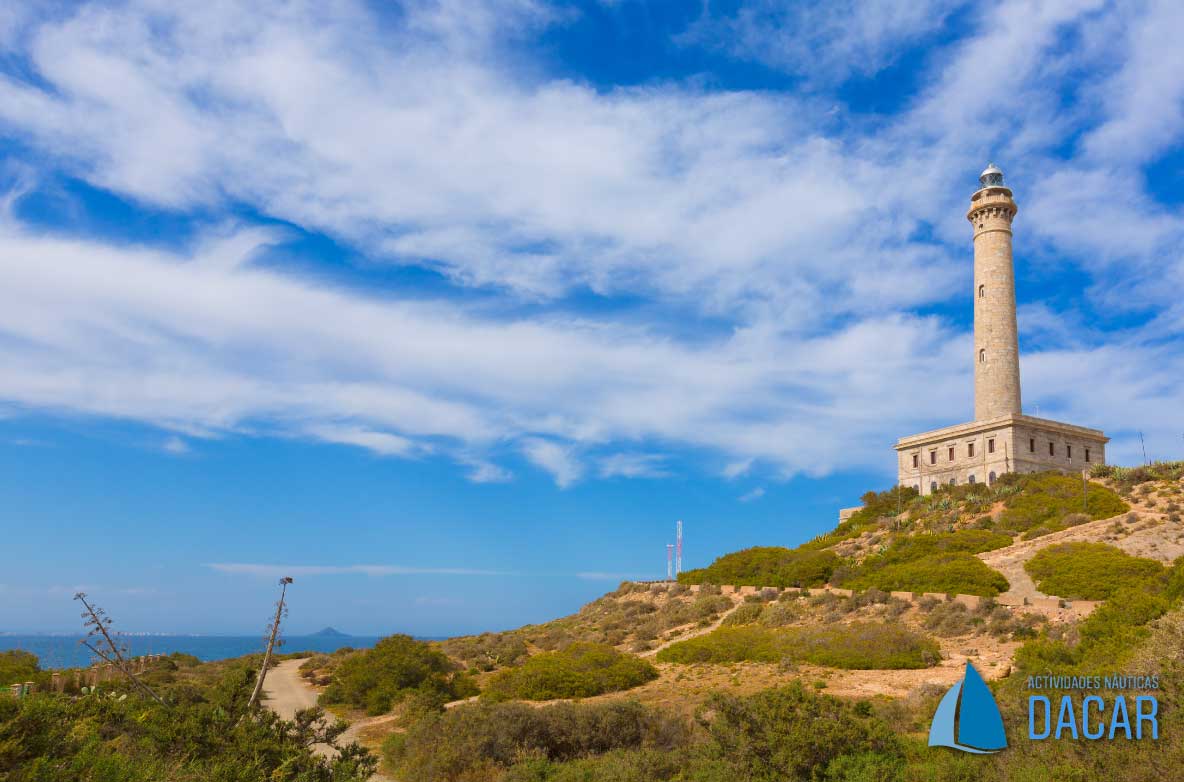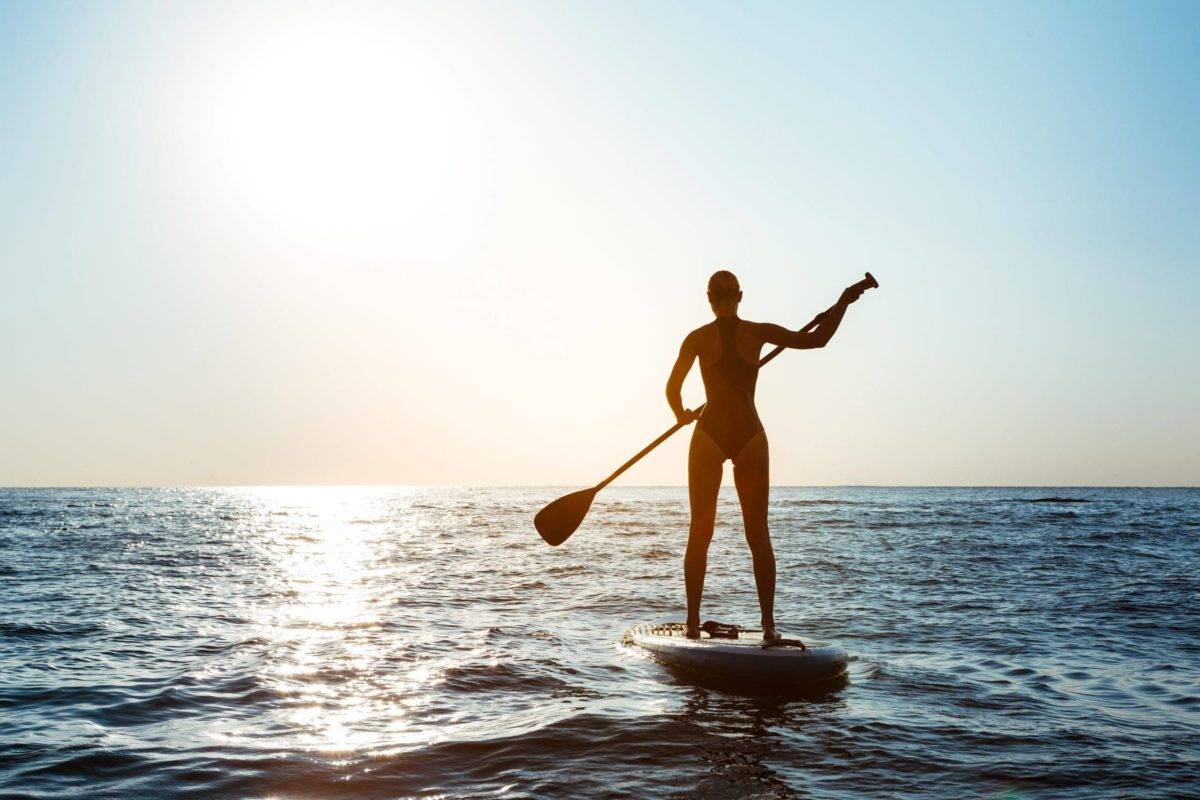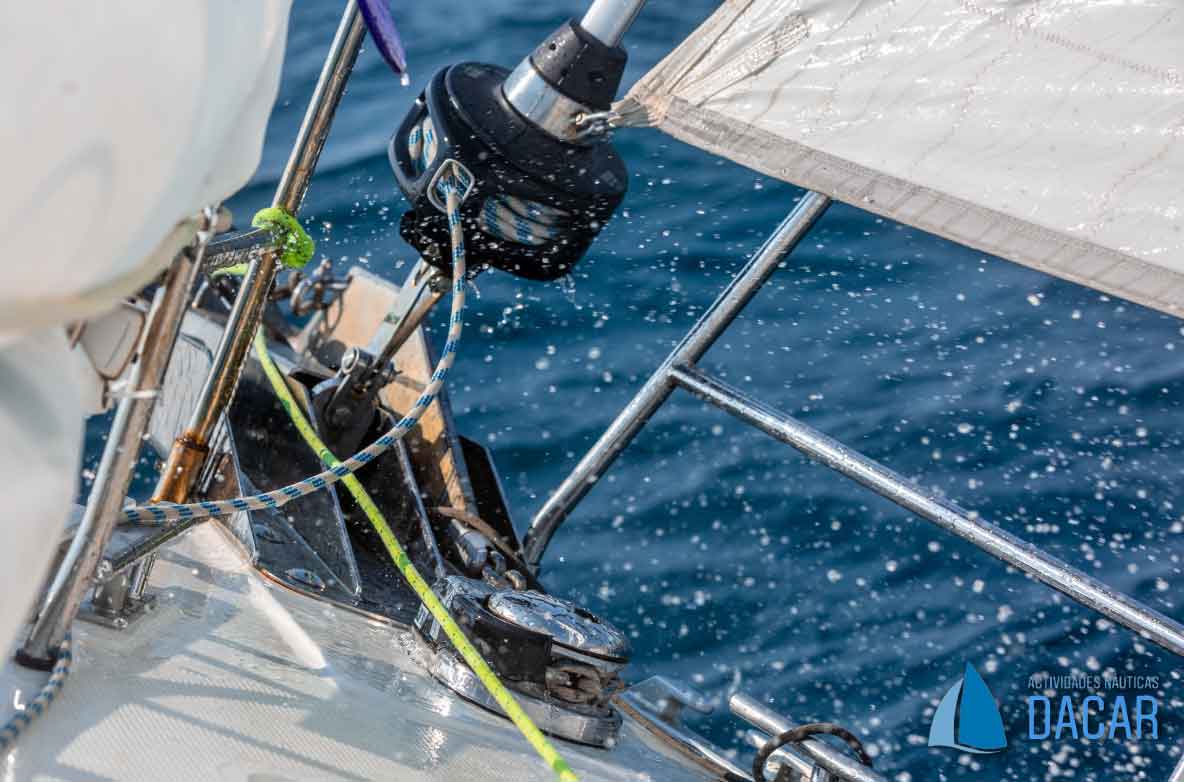Safety at sea: Kayaks
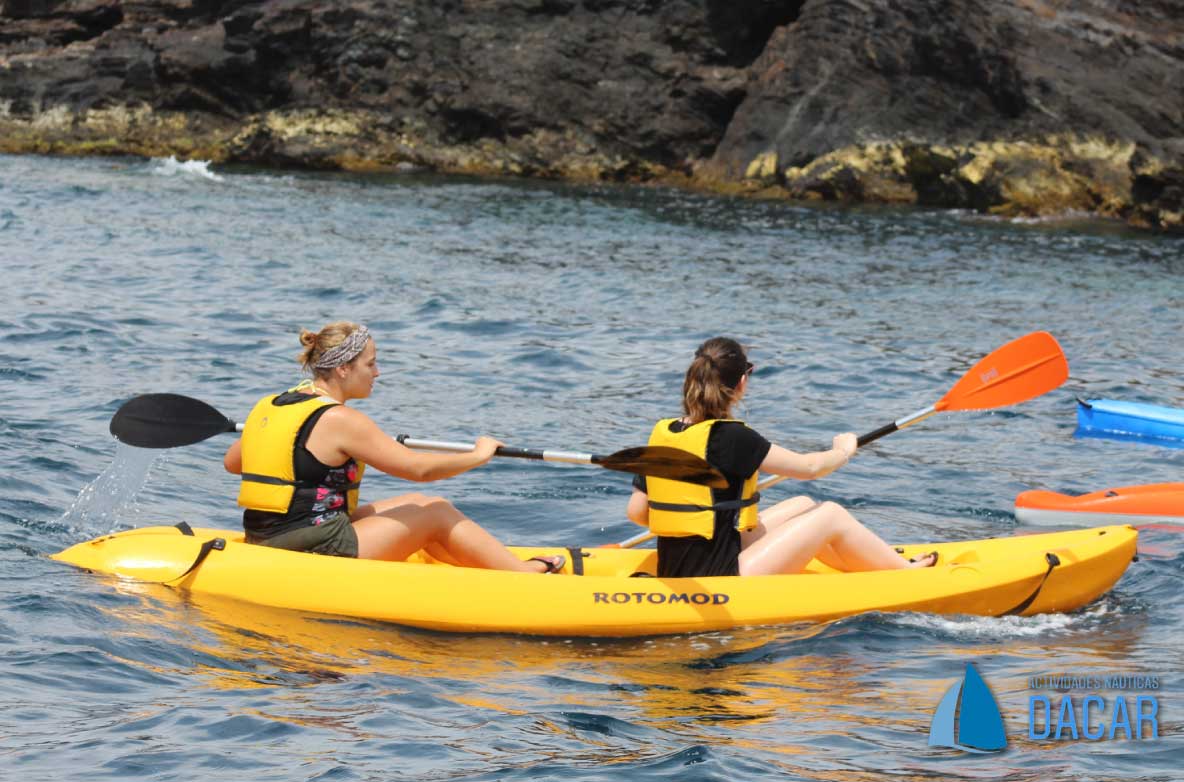
Safety at sea: kayaks. Safety at sea is very important when it comes to avoiding unnecessary tragedies. Today we are going to ask you everything that must be taken into account to make a safe kayak trip. In Dacar, of course, we know them and we comply so that you can have fun safely!
boat safety
Buoyancy: Check the tightness of the bow and stern compartments, ensuring that the lids are airtight.
Check the cover-bathtub so that it fits correctly at the waist (in neoprene). Take with you a manual, fixed or portable bilge pump, as well as sponges and a bailer. Increase buoyancy, if necessary, with add-ons. Learn and practice the "Eskimo roll." The Eskimo or "roll" consists of recovering by our own means the upright position after a rollover.
Propulsion: Always carry a detachable spare blade.
Equipment:
- Run a safety line along the sides of the kayak, with handles forward and stern.
- Install a braid of elastics on the deck to hold equipment and material. -Bring on board a towline of at least 10 meters in length, a phosphorescent submersible compass and high-resistance adhesive tape to cover leaks.
- Put reflective bands on the kayak deck and paddles to be better seen at night.

crew safety
Buoyancy: Take a special life jacket for sea kayaks, preferably with a safety harness to the boat, whistle, signal mirror and knife.
Hypothermia: Wear a neoprene suit with reflective strips over a thermal and water-repellent shirt. Fit booties with a rigid sole. Cover up in a raincoat with neoprene cuffs and collar, which is breathable and has reflective strips. Take on board a hermetic bag with dry clothes and a thermos with hot drink.
Recommended optional equipment for backcountry: Portable and waterproof VHF radio with spare batteries. It is not only important in case of an accident, but also to listen to the Meteorological Bulletins issued by Maritime Rescue and Coastal Radio Stations.

Before going to sea
- Use a kayak adapted for each type of navigation.
- Can you swim 50 meters in shoes and clothes? Test your physical ability and do not overestimate yourself when planning a voyage.
- Study the Meteorological Bulletin and the forecasts for the following days.
- Do not take unnecessary risks and avoid sailing in bad weather or poor visibility.
- Study your route carefully and remember that you will be looking at the coast from the surface of the water, so you will need to consult a good Directioner.
- Pay special attention to the forecast of an offshore wind, as it can take you a long way from the coast.
- Communicate your Navigation Plan to your Club or to a responsible person on land, informing the point of departure and arrival, planned itinerary and approximate times, shelter alternative in case of bad weather, description of your kayak, description and data of the vehicle in the one who has transported the kayak to the seashore and where it is parked.
- Do not alter your Navigation Plan. If you do, please report it.

in navigation
- Avoid browsing alone. Try to do it in a group of at least 3 kayaks. Always maintain visual contact and establish a system of optical signals to communicate. Do not abuse the mobile phone (if it has coverage) because it can wear out a battery necessary for an emergency (maritime emergency telephone number 900 202 202).
- Avoid collisions and maneuver first because its small dimensions and low profile on the water make it difficult to be seen by others or located by radar.
- Try not to go to sea at sunset and avoid sailing at night.
- It is advisable not to go more than 6 miles from the coast.
In an emergency
- Hypothermia is the greatest danger for a kayaker.
- Do not leave your kayak, since it will be easier to locate you and will help you stay out of the water, even partially.
- In case of fog, head towards the coast orienting yourself by the sounds coming from the surf, the direction of the swell, the sun if it is perceptible, the wind and the compass. Don't wait for the fog to thicken before changing your course.
- Feel free to make a distress call using VHF Channel 16.
- Follow faithfully the instructions of the professionals who come looking for you.

essential equipment
- Waterproof flashlight, with push button to make signals. Preferable if it is combined with a strobe or flashing lamp.
- First aid kit and sun protection.
- Red signal flares.
- Nautical chart of the navigation area and tide table.
- Photocopy of the Direction of the coast section to be covered.
- Drinking water (minimum 2 liters per day).
- High nutritional value foods.
- Glasses to protect the eyes against sprays and avoid irritations.
- Portable bilge pump.
Information retrieved from: salvamentomaritimo.es



